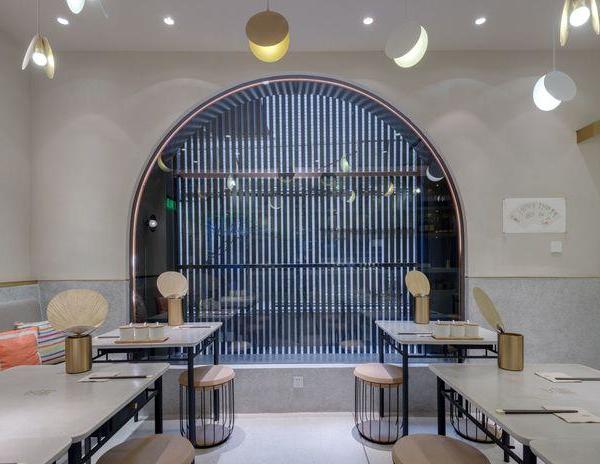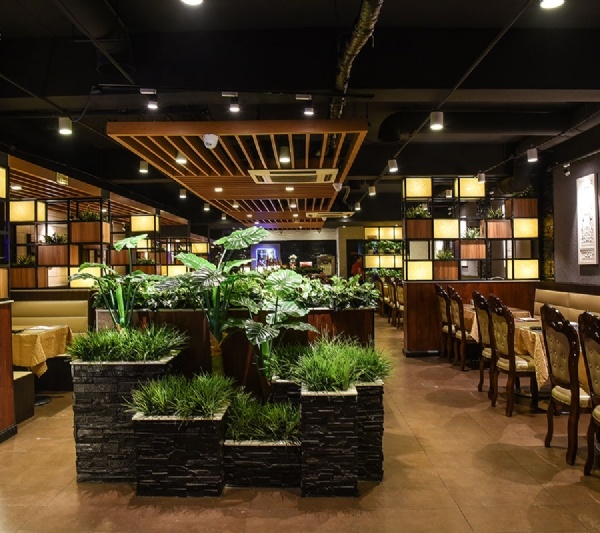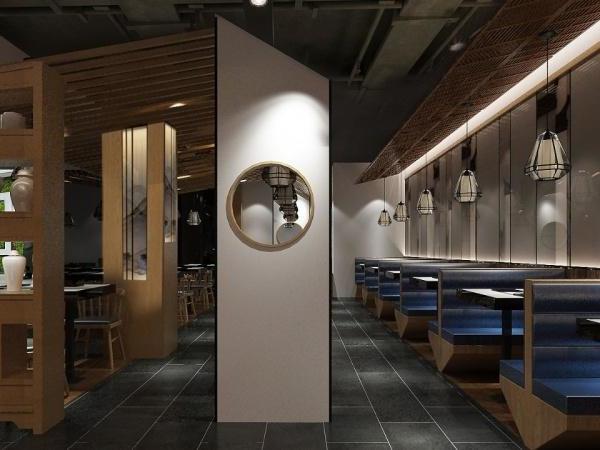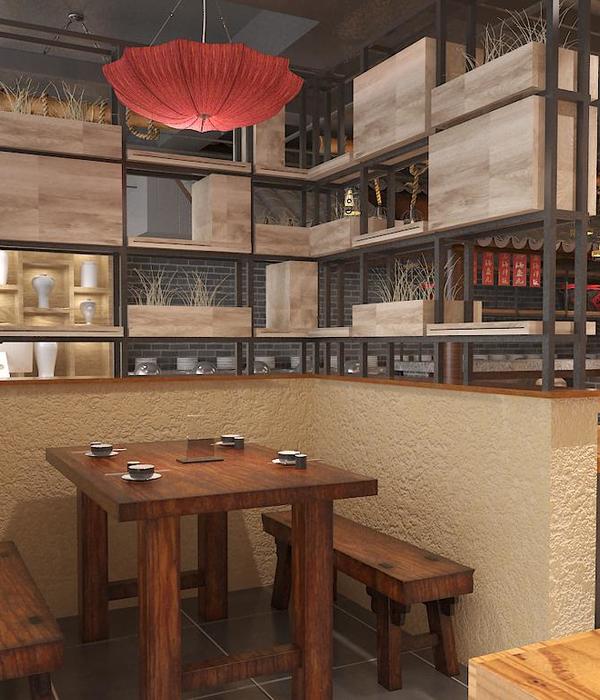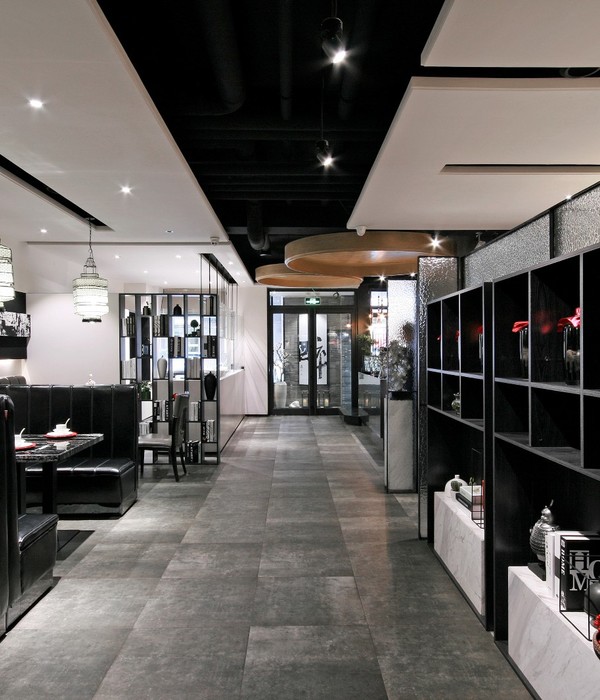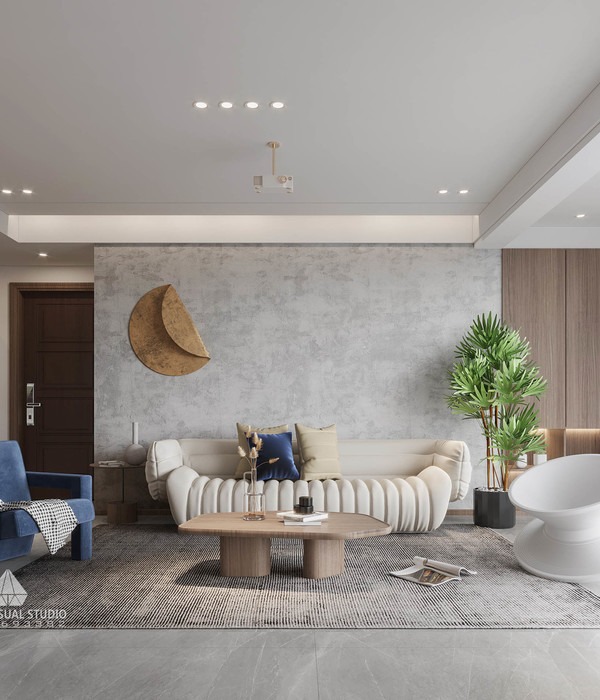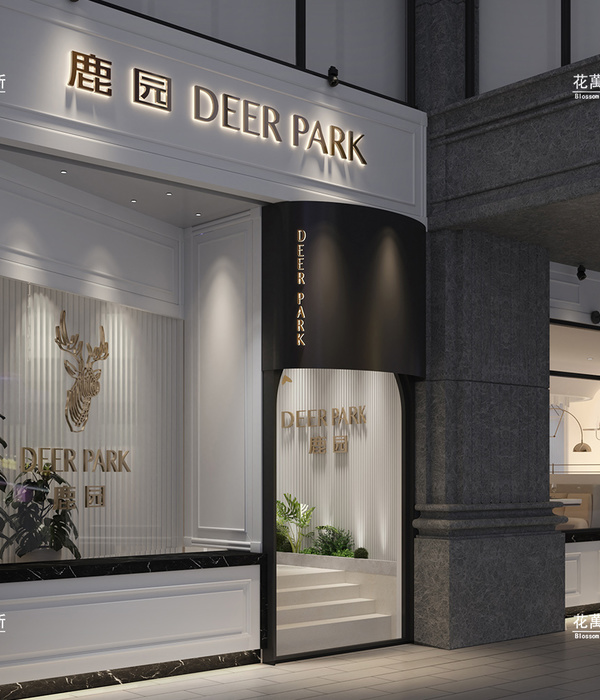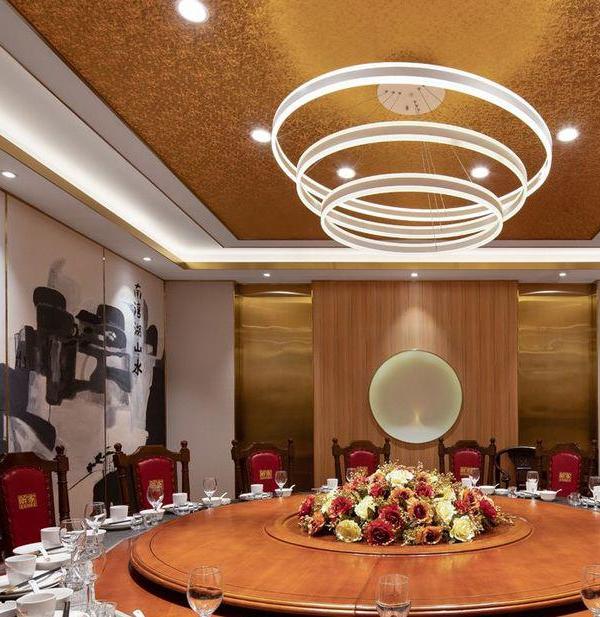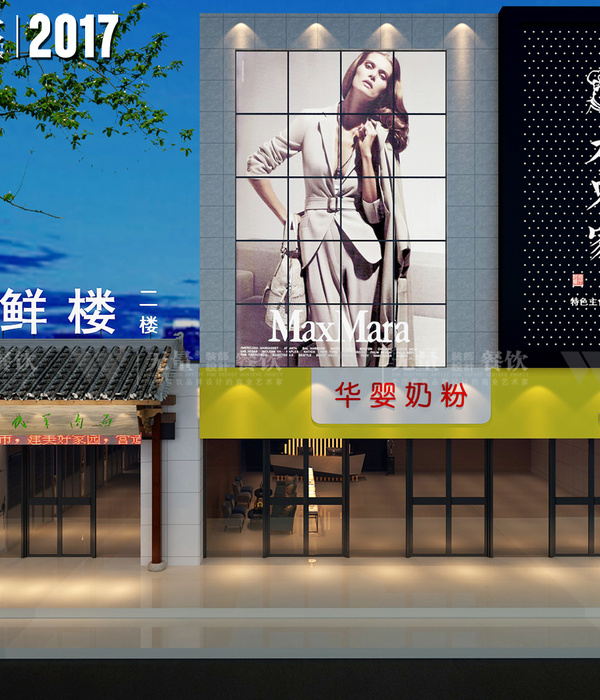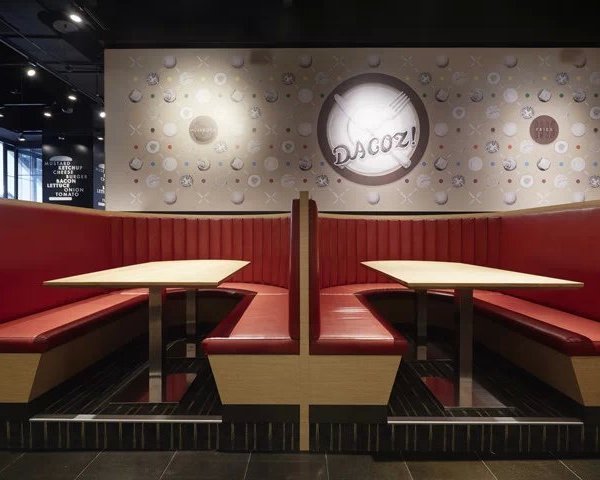米兰 Chateau DuFan 餐厅 | 传统亚洲美食与现代设计的完美融合
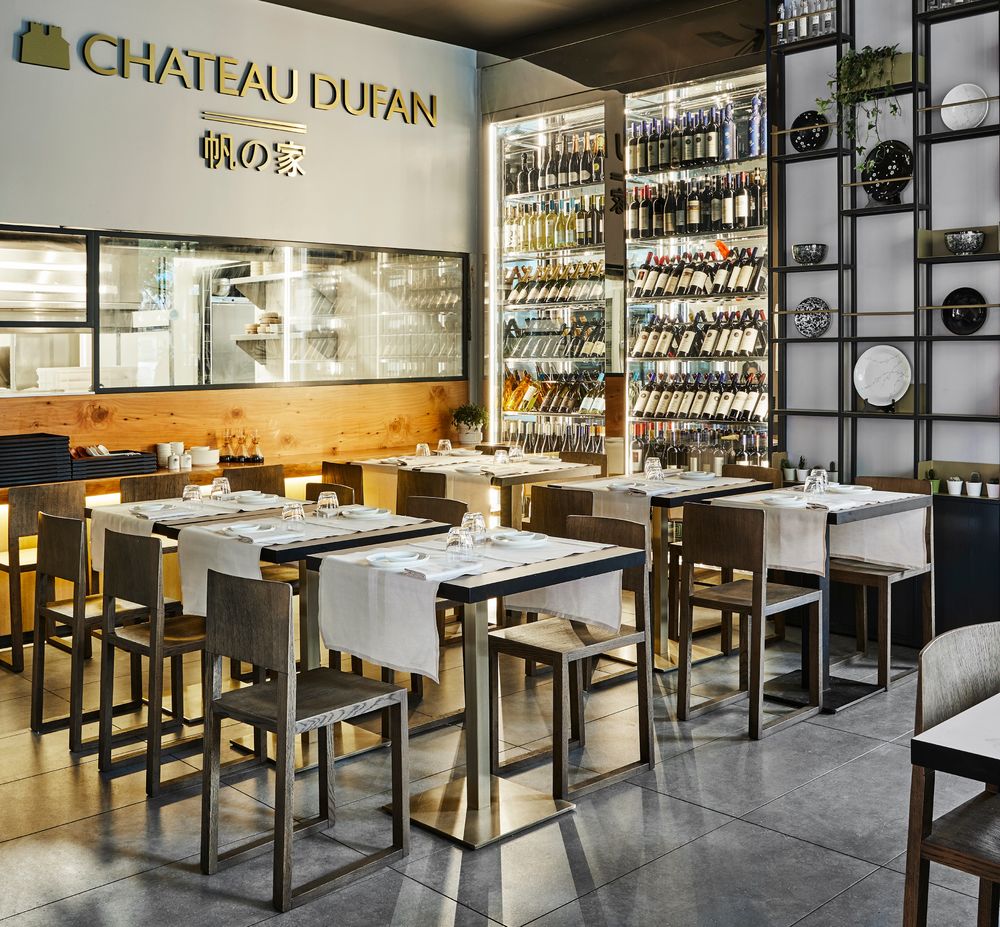

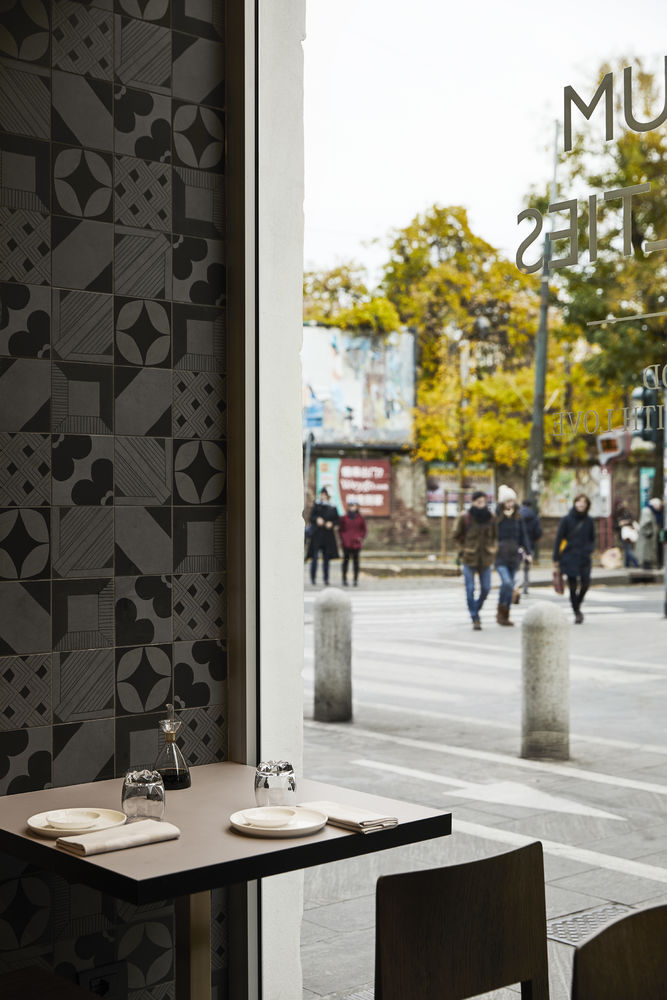
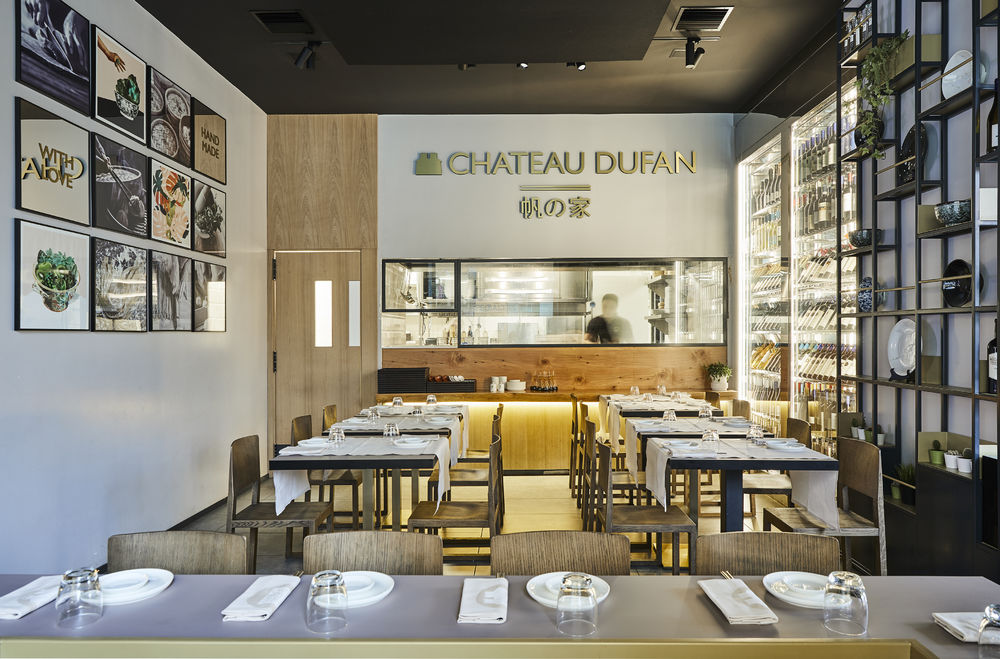
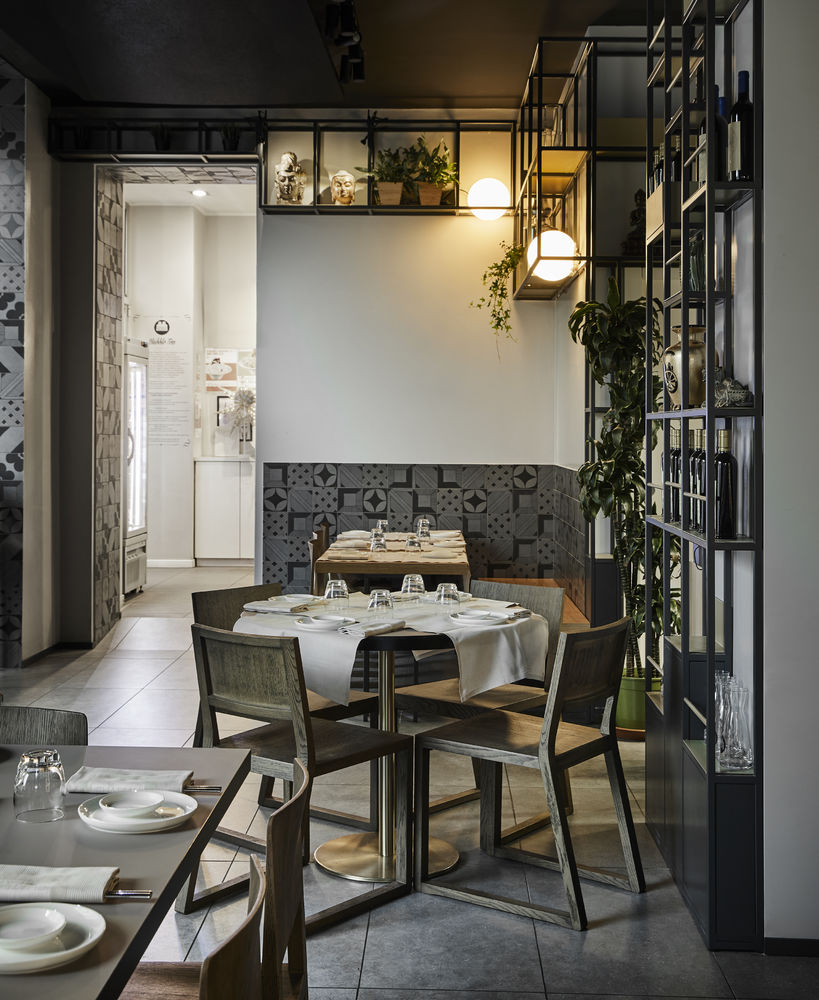
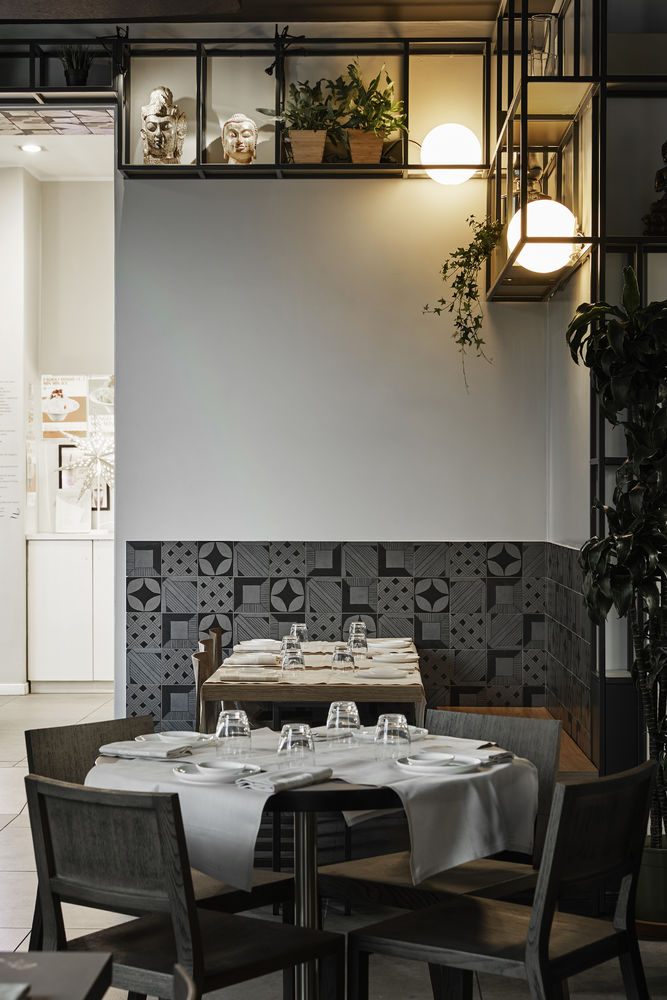
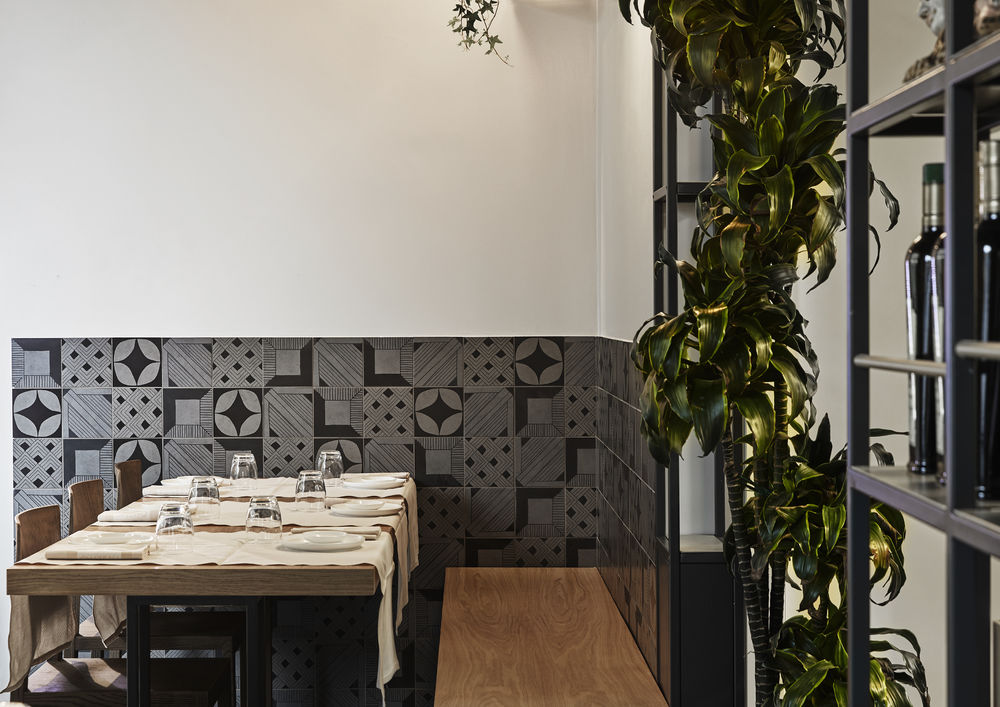
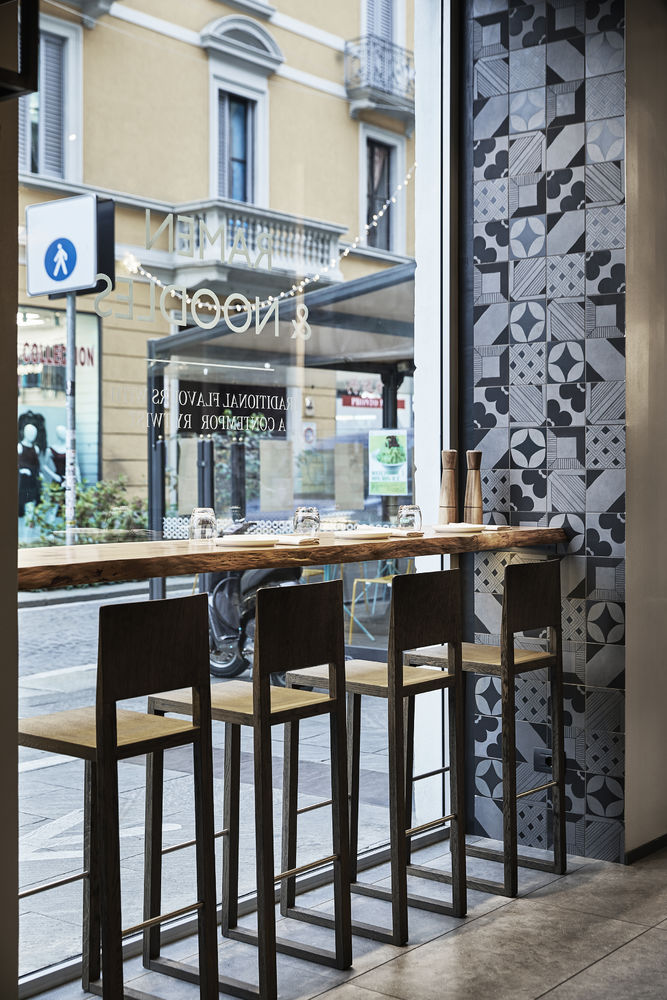

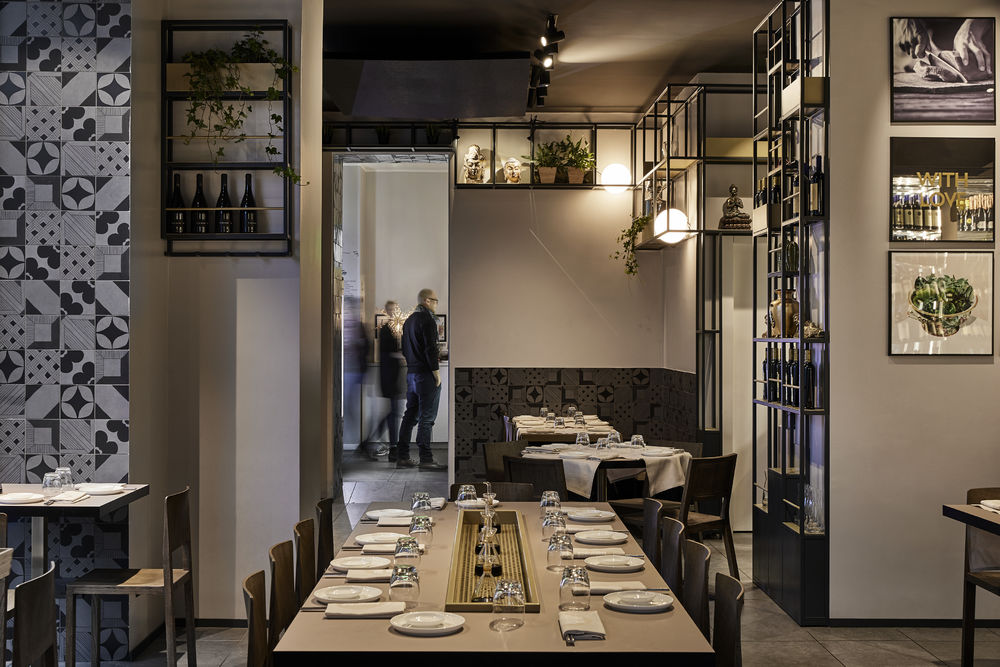
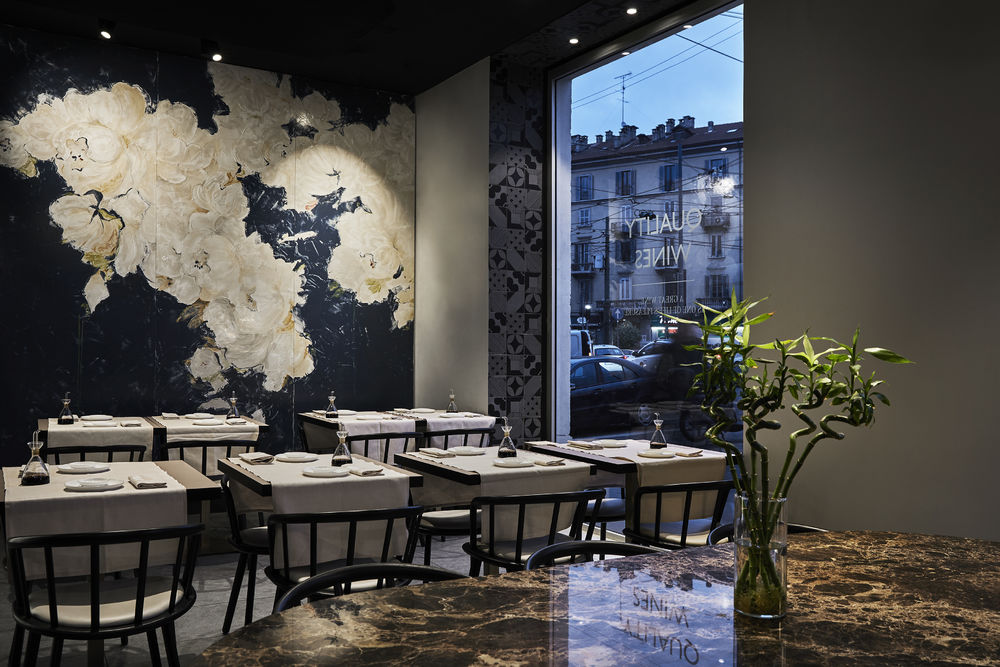
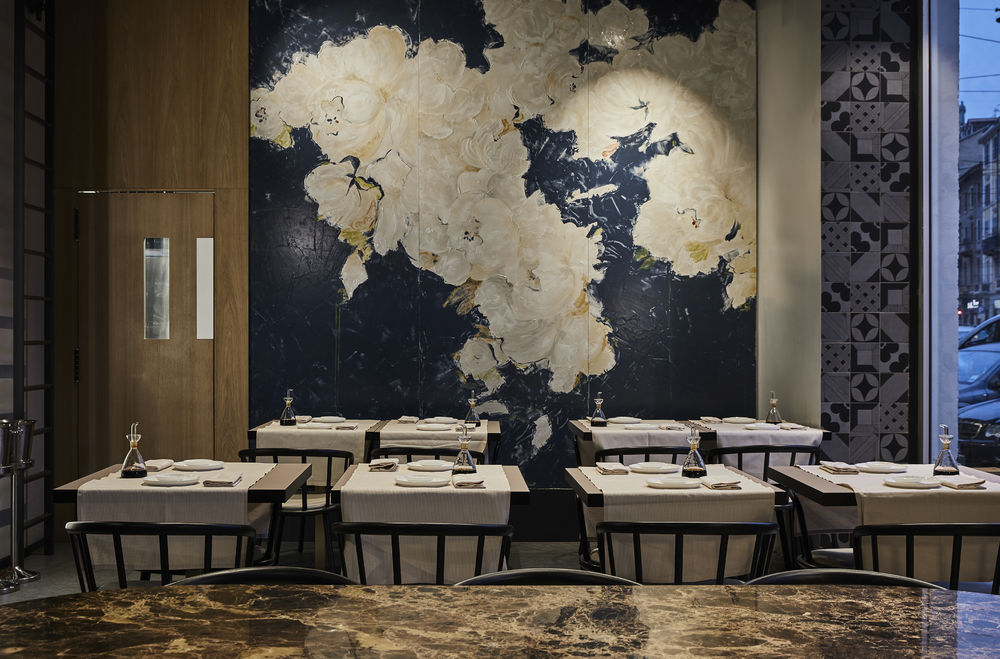
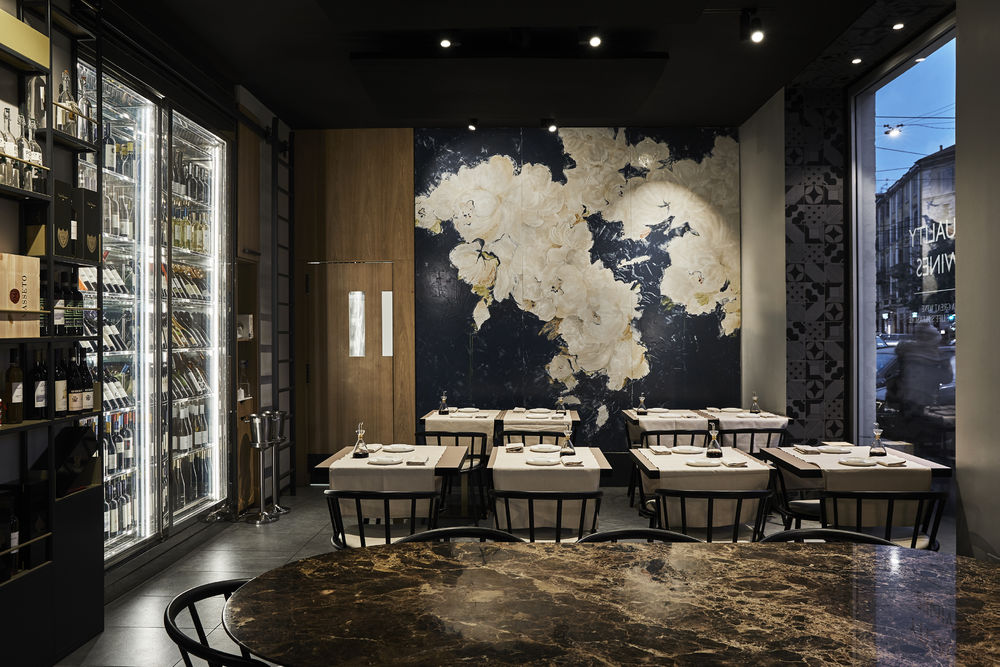
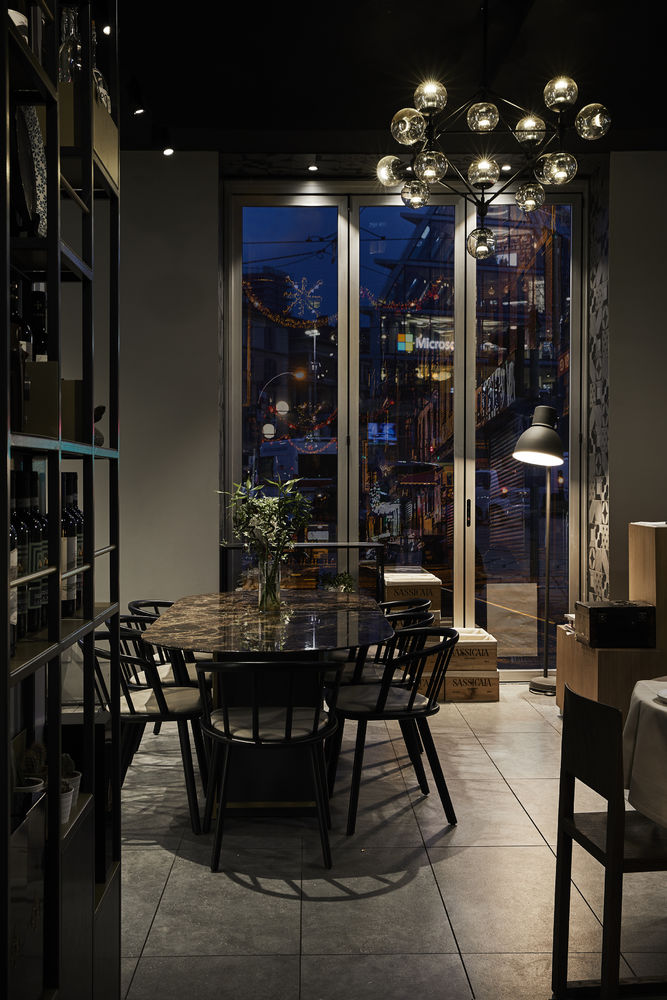
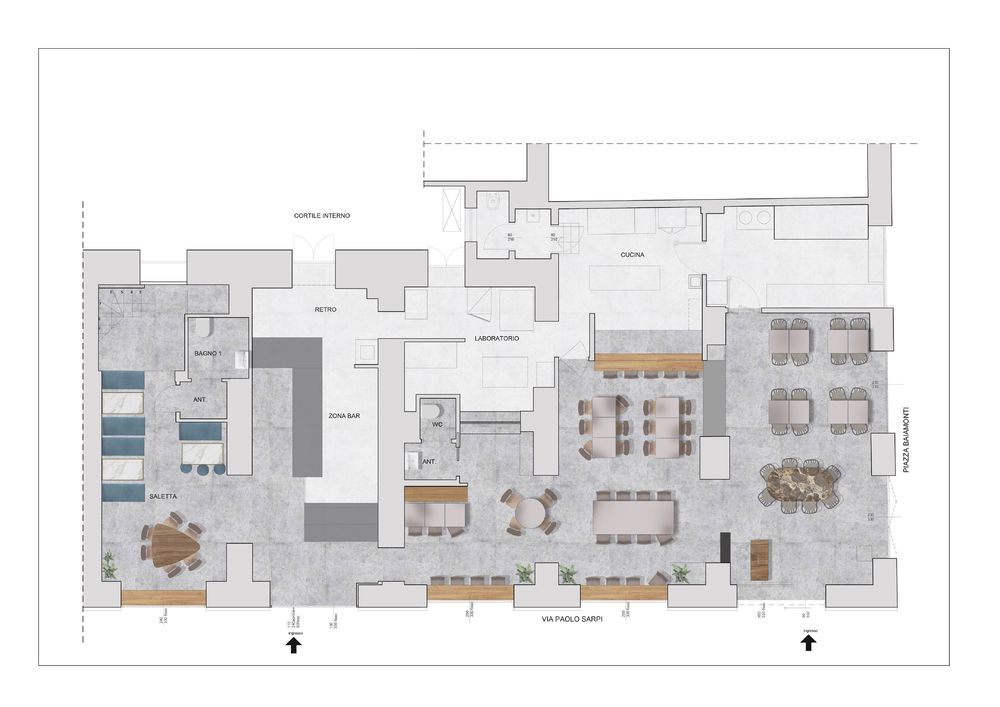
CHATEAU DUFAN RESTAURANT, a Milano, è situato in zona Porta Volta, all'inizio di via Paolo Sarpi, angolo piazza Baiamonti. Il ristorante, mediante l’ausilio di ampie vetrate, svuota l’angolo dell’edificio sovrastante e completa l’omonima gelateria-caffetteria, realizzata precedentemente.
Il progetto si propone di amplificare la percezione dello spazio interno, inteso come ‘estensione’ della zona pedonale esterna, pur garantendo intimità alle sale che costituiscono il ristorante. Analogamente, il laboratorio di preparazione e di cottura del Ramen e dei Ravioli (Dim Sun) è concepito come luogo completamente a vista, dove vengono esposte proposte gastronomiche di una cucina sempre innovativa, pur nel rispetto della tradizione asiatica.
Complicità e collaborazione tra architetto e committente hanno permesso di definire insieme i punti cardine del progetto che ambisce alla creazione di diverse atmosfere interne, mantenendo un’immagine coordinata: contemporanea l’idea dei rivestimenti anni ’20 e ’30 conferisce a Chateau DuFan uno stile inusuale nel panorama dei ristoranti milanesi. Intimità e convivialità sono garantiti dalla sapiente combinazione di toni di grigi delle strutture metalliche, dal calore del legno, insieme ad un efficace sistema di illuminazione in grado di esaltare i cibi e creare giochi di luce e ombre.
Continuità tra le superfici delle sale, cucina, laboratori e servizi è ottenuta mediante la scelta della stessa pavimentazione in gres Atlas Concorde, modello Sestone di colore grigio, effetto cemento puntinato, con formato 45 cm per 90 cm. Le superfici verticali, non interessate da alcun tipo di rivestimento, sono state rasate in calce, con finitura ‘muro naturale’ di Giorgio Graesan; mentre gli imbotti di tutti i serramenti perimetrali sono enfatizzati da piastrelle di formato quadrato (15 cm per 15 cm) in gres porcellanato smaltato di Ornamenta, con decoro geometrico e floreale in ricordo delle cementine lombarde. Le estremità opposte del ristorante si chiudono con pareti caratterizzate da rivestimenti in lastre in gres, di grande formato (100 cm x 300 cm), dipinte a mano, realizzate da Target Group.
Materiale dominante negli arredi è il legno, un rovere naturale utilizzato per la realizzazione di cassa, porte e vari complementi, insieme ai laccati chiari e scuri. Di grande effetto l’utilizzo di tavole di cedro del Libano, a grosso spessore, per la realizzazione di panche e mensole; mentre i tavoli, di differenti formati e geometrie scelte in funzione della posizione occupata all’interno delle sale, presentano il piano in Fenix NTM e base in finitura ottone.
Le sedute, tutti prodotti dell’azienda italiana Pedrali, delle collezioni Brera e Feel, accompagnano i tavoli delle due sale più piccole; nella sala più grande, la scelta è ricaduta sulla poltroncina Nym: qui, otto sedute cingono un unico tavolo realizzato con piano in marmo Emperador Dark, rastremato sui bordi per conferire leggerezza alla forma.
Il ristorante Chateau DuFan combina, in un unico spazio, passato, presente e futuro della città di Milano con una proposta gastronomica tipica della tradizione asiatica, reinterpretata in chiave contemporanea.
________________________________________________________________________________________________
CHATEAU DUFAN RESTAURANT, in Milan, is closed to Porta Volta, at the beginning of Via Paolo Sarpi, at the corner Baiamonti Square. The restaurant, by floor-to-ceiling windows, empties the corner of the building above and completes the homonymous ice cream shop, previously built.
The project aims to amplify the perception of the inside, conceived as an ‘extension’ of the outside pedestrian area, while ensuring the right intimacy to the rooms of the restaurant. Similarly, the Ramen and Ravioli (Dim Sun) preparation and cooking laboratory is conceived as a completely visible, open space, where gastronomic proposals of an innovative cuisine are showed, respecting the Asian tradition.
Complicity and collaboration between architect and client helped the definition of the key points of the project, which aims to create different atmospheres, maintaining a coordinated image: the contemporary idea of 1920s and 1930s coverings gives the Chateau DuFan an unusual style in the panorama of Milanese restaurants. Intimacy and conviviality are guaranteed by the wise combination of grey tones of the metal structures, by the warmth of the wood, together with an effective lighting system able to enhance the food and create plays of lights and shadows.
Continuity among all the surfaces of rooms, kitchens, laboratories and services is obtained by choosing the same Altlas Concorde stoneware flooring, Sestone model in grey color, with speckled concrete effect and size of 45 cm by 90 cm. The vertical surfaces, not affected by any type of coating, are characterized by a ‘natural wall’ effect by Giorgio Graesan; while the frames of all the windows are emphasized by square shape tiles (15 cm by 15 cm), in glazed porcelain stoneware by Ornamenta, with a geometric and floral decoration in memory of the Lombard cement tiles. The surfaces of the restaurant ends with walls covered by large stoneware slabs (100 cm by 300 cm), hand-painted, made by Target Group.
The main material in the furniture is wood: a natural oak used for the realization of cash desk, doors, together with light and dark lacquered materials. The use of thick cedar of Lebanon tables for the production of benches and shelves has a great effect; while, the tables, of different sizes and shapes chosen according to their position in the rooms, have a Fenix NTM top and a base in brass finish.
The seats, all produced by the Italian company Pedrali, of the ‘Brera’ and ‘Feel’ collections, border the tables in the two smaller rooms; in the largest one, the choice fell on the Nym armchair: eight seats surround a table made with an Emperador dark marble top, worked on the edges to give lightness to the shape.
The Chateau DuFan restaurant combines, in an unique space, past, present and future of the city of Milan with a gastronomic proposal typical of the Chinese tradition, reinterpreted in a contemporary key.


